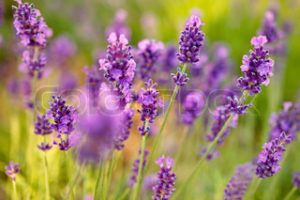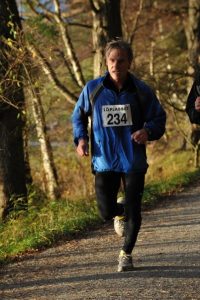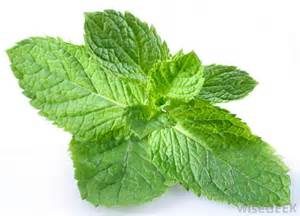Safety guidelines.
The National Association for Holistic Aromatherapy (NAHA) emphasizes six factors that influence the safe use of essential oil:
quality, chemical composition, method of application, dosage (or dilution), integrity of skin, and age of the client.
It provides these 12 general safety guidelines:
1. Keep all essential oils out of reach of children and pets.
2. Do not use or recommend the use of photosensitizing essential oils prior to going into a sun tanning booth or the sun. Recommend that the client stay out of the sun or sun tanning booth for at least twenty-four hours after treatment if photosensitizing essential oils were applied to the skin.
3. Avoid prolonged use of the same essential oils.
4. Avoid the use of essential oils you know nothing about on your clients. Research and get to know the oil prior to using it on others.
5. Avoid the use of undiluted essential oils on the skin, unless otherwise indicated.
6. If you suspect your client may be sensitive to specific essential oils or if your client has known allergies or sensitivities, it may be wise to perform a skin patch test.
7. Know the safety data on each essential oil and place into context of use and knowledge.
8. Use caution when treating a female client who suspects she is pregnant or has been trying to become pregnant.
9. Keep essential oils away from the eyes.
10. Essential oils are highly flammable substances and should be kept away from direct contact with flames, such as candles, fire, matches, cigarettes, and gas cookers.
11. Make sure your treatment room has good ventilation.
12. Do not use essential oils internally unless properly trained in the safety issues of doing so. Please visit NAHA’s approved schools to explore education in aromatherapy.
Best regards
Kjell H Kjellevold
How to Remove an Essential Oil if it Causes a Burning Sensation on the Skin
 Some essential oils can cause a burning sensation when applied to sensitive skin. If this happens, do not try to wash off the oil with soap and water. This will just spread the oil. Instead dilute the oil with olive oil, unperfumed massage oil, or coconut oil. Apply the diluting oil liberally. The burning sensation will stop almost instantly as soon as the essential oils become incorporated with the larger volume of the carrier oil that has been applied over them. Wipe off the oil when the discomfort stops. Apply additional carrier oil if discomfort reoccurs.
Some essential oils can cause a burning sensation when applied to sensitive skin. If this happens, do not try to wash off the oil with soap and water. This will just spread the oil. Instead dilute the oil with olive oil, unperfumed massage oil, or coconut oil. Apply the diluting oil liberally. The burning sensation will stop almost instantly as soon as the essential oils become incorporated with the larger volume of the carrier oil that has been applied over them. Wipe off the oil when the discomfort stops. Apply additional carrier oil if discomfort reoccurs.
If you never have tried essential oil and the comfort and wellbeing using them you should give it a try! You must always be sure that you are using high quality essential oils, and not oils that were intended for perfume or flavoring. Most oils can be safely used at home without special training. If you want to try essential oils I strongly recommend the same company as I use: Click here!
Best regards
Kjell H Kjellevold
Exercise and Growing Old
We do not stop exercising because we grow old – we grow old because we stop exercising.
Is aging a disease? My perspective is that aging is a disease that is eventually fatal! My goal is to try to prevent the fatal consequence as long I can and at the same time take care of my physical performance capacity.
The common perception of aging is that as you age, you simply cannot do the same things you did when you were younger; therefore, you are old. However, there are plenty of stories talking about how someone over the age of 80 just completed a marathon or some other astonishing sports feat. How is this even possible? They are old, they shouldn’t be able to do that sort of thing…….. or should they?
Trainability and Aging

Hi, I’m 66 and I’ve been told that as we age, we can expect a rapid decline in physical attributes, especially those that determine performance in endurance sports. There are many questions we athletes typically have about this topic:
- Are the changes inevitable?
- How rapidly can we expect the changes to occur?
- What is the cause of the changes?
- Can we do anything to slow or stop the decline?
- Is it possible to reserve the changes?
- Can older athletes adapt to the stresses of training as well as young athletes can?
- Are they able to physically cope with high-intensity workouts?


